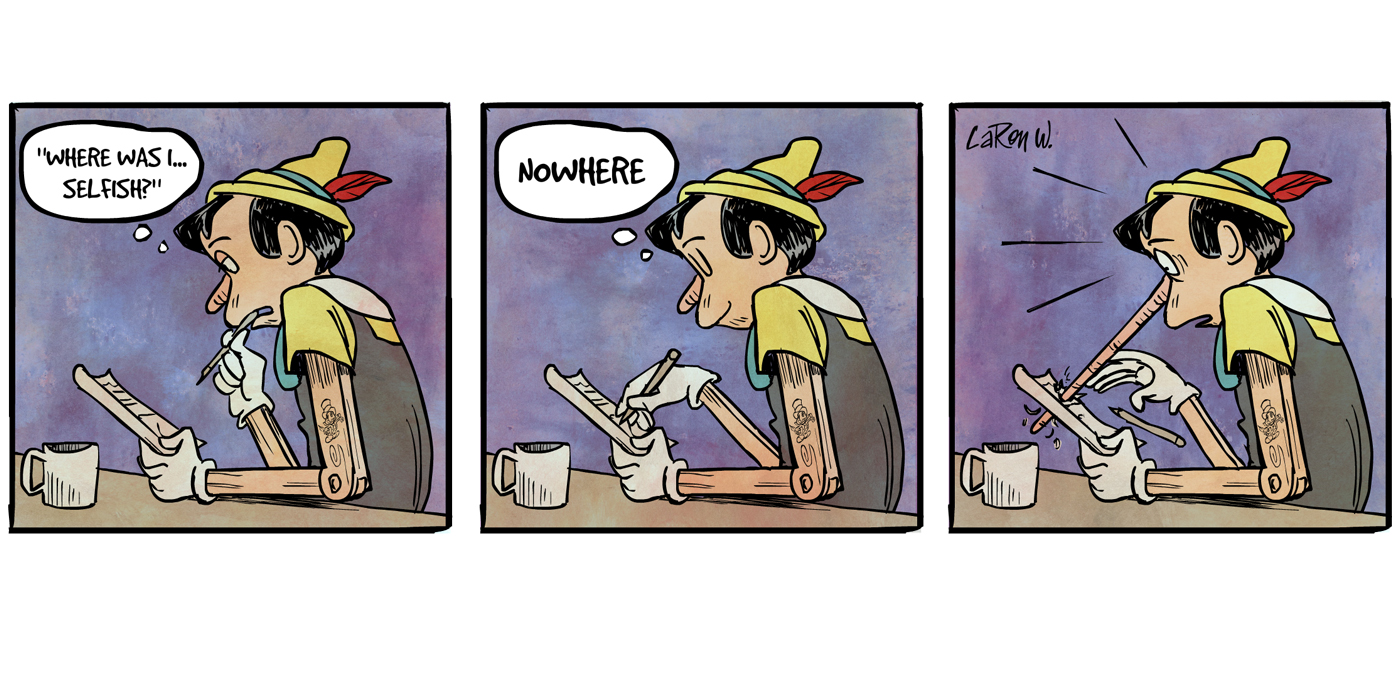“Returning home we find a place where we can be quiet for an hour, carefully reviewing what we have done” (AA 75).
Step Six requires quiet contemplation of the work we have done. There are several questions on pages 75 & 76 of the Big Book. These are not rhetorical questions! The foundation is complete willingness. The cement is our common solution. The cornerstone is coming to believe in a Power greater than ourselves. The keystone is Step Three.
I found that reviewing my Step work thus far was highly motivating. My First Step inventory painted a horrifyingly frank picture of my powerlessness and the consequences of my addiction. My Step Two inventory helped me come to believe that a Power greater than myself, God as I understood God, was eager to restore me to sanity. Admitting my Fourth Step inventory to my sponsor, and listening to his feedback, helped me see how my defects of character had led to actions and beliefs that created my misery. The great news here was that if I could be free of these defects, my life could change so that I might become “happy, joyous, and free,” like some of the old-timers I had met.
So what exactly are these character defects? Bill W. offers, “By now the newcomer has probably arrived at the following conclusions: that his character defects, representing instincts gone astray, have been the primary cause of his drinking and his failure at life…” (12&12 50).
My instincts were given to me by my Creator for a purpose. When I let these instincts exceed the purpose for which they were intended, they cause problems. If God rips these instincts from me in some sort of brutal psychological surgery, I will be left with gaping, bleeding wounds where my instincts used to be. Instead of this frightening image, I think of these “instincts gone astray” as a compass that is a few degrees off true. If I use this compass to fly from New York to Los Angeles, the few degrees error, over the length of my trip, may place me in Mexico (or Canada).
Similarly, pursuing instincts that were off the mark of God’s intended purpose leads me away from my intended goal. In becoming entirely ready to have God remove these defects, I am actually becoming ready for Him to realign my compass and bring my instincts back into line with His will for me. I am ready for Him to restore me to sanity.
One of my sponsees recently showed me a tool that can be very useful in helping me become willing to let go of my defects. It has four columns, similar to the Step Two inventory. In the first column, list the most glaring, repetitive defects that you and your sponsor identify during Step Five. Next, describe how this defect has affected your life, including the pay-off that makes you afraid or unwilling to let it go. Then, describe how you think your life might be if you were free of this shortcoming. The last column is for short simple affirmations which support your willingness to surrender these defects to the God of your understanding. For example:
| (Col. 1) Defect |
(Col. 2) Effect in my life |
(Col. 3) Vision of life without this defect |
(Col. 4) Affirmation |
| Excessive desire for approval from other people. | Sick dependence on others who do not have my best interests at heart.
I violate my own values and lose self-respect. Payoff: At least I am not alone. |
I can embrace the approval of my God and my authentic self.
I can be true to my values. I will make friends with people who accept and value the real me. |
I am a beloved child of my God.
I am worthy of loving and supportive friends. |
Anonymous






